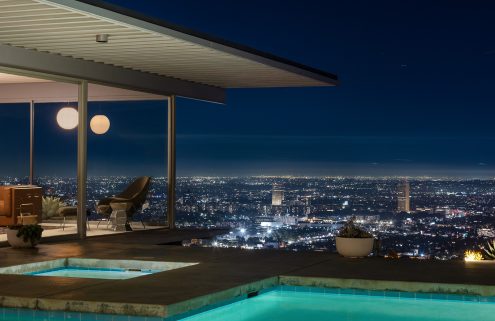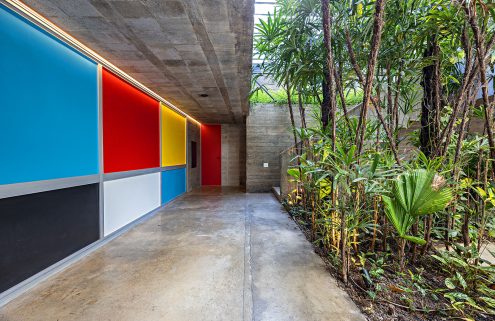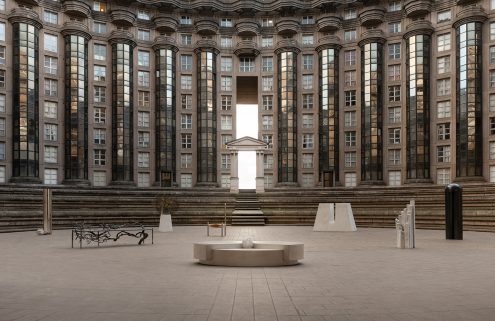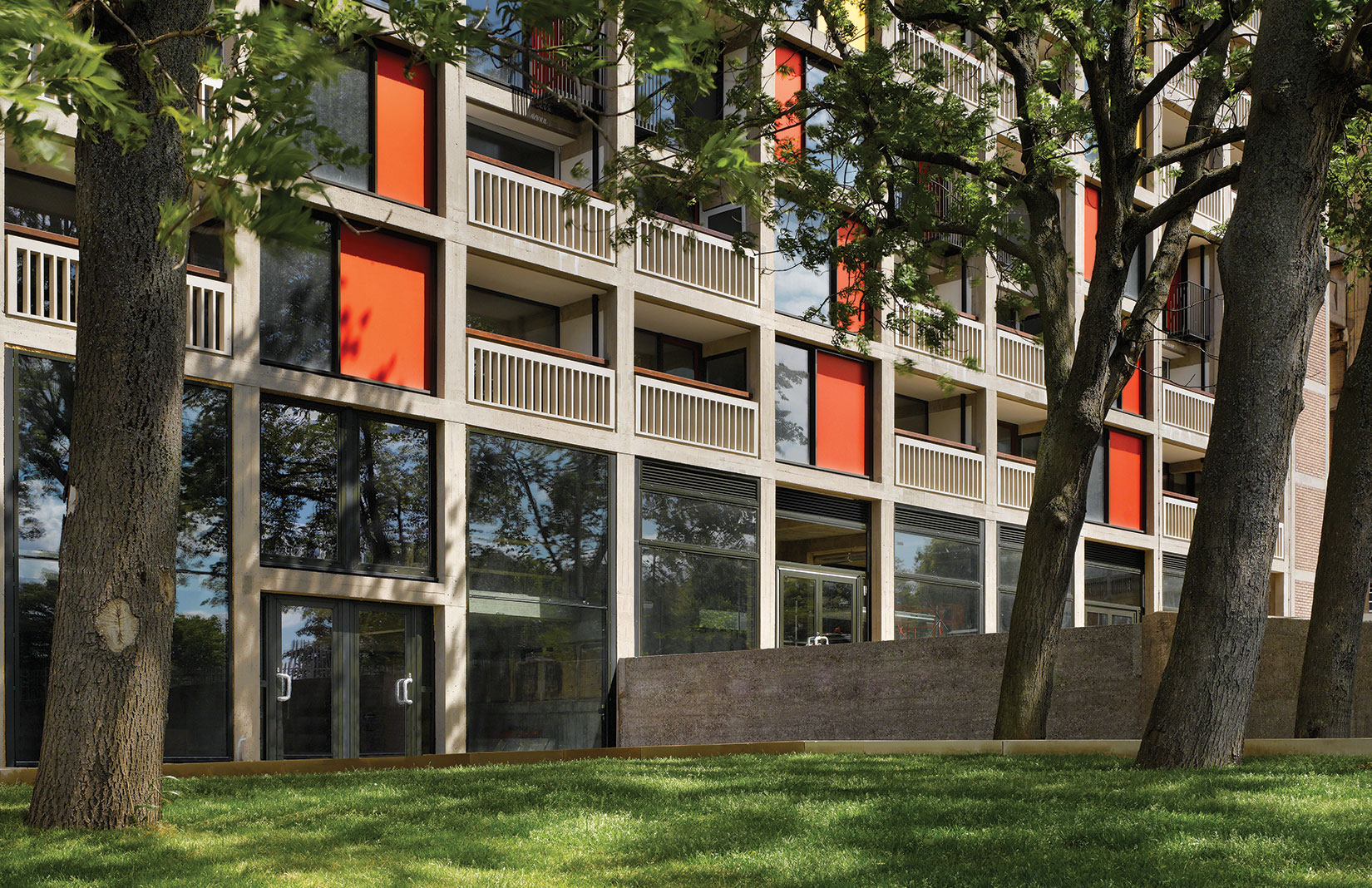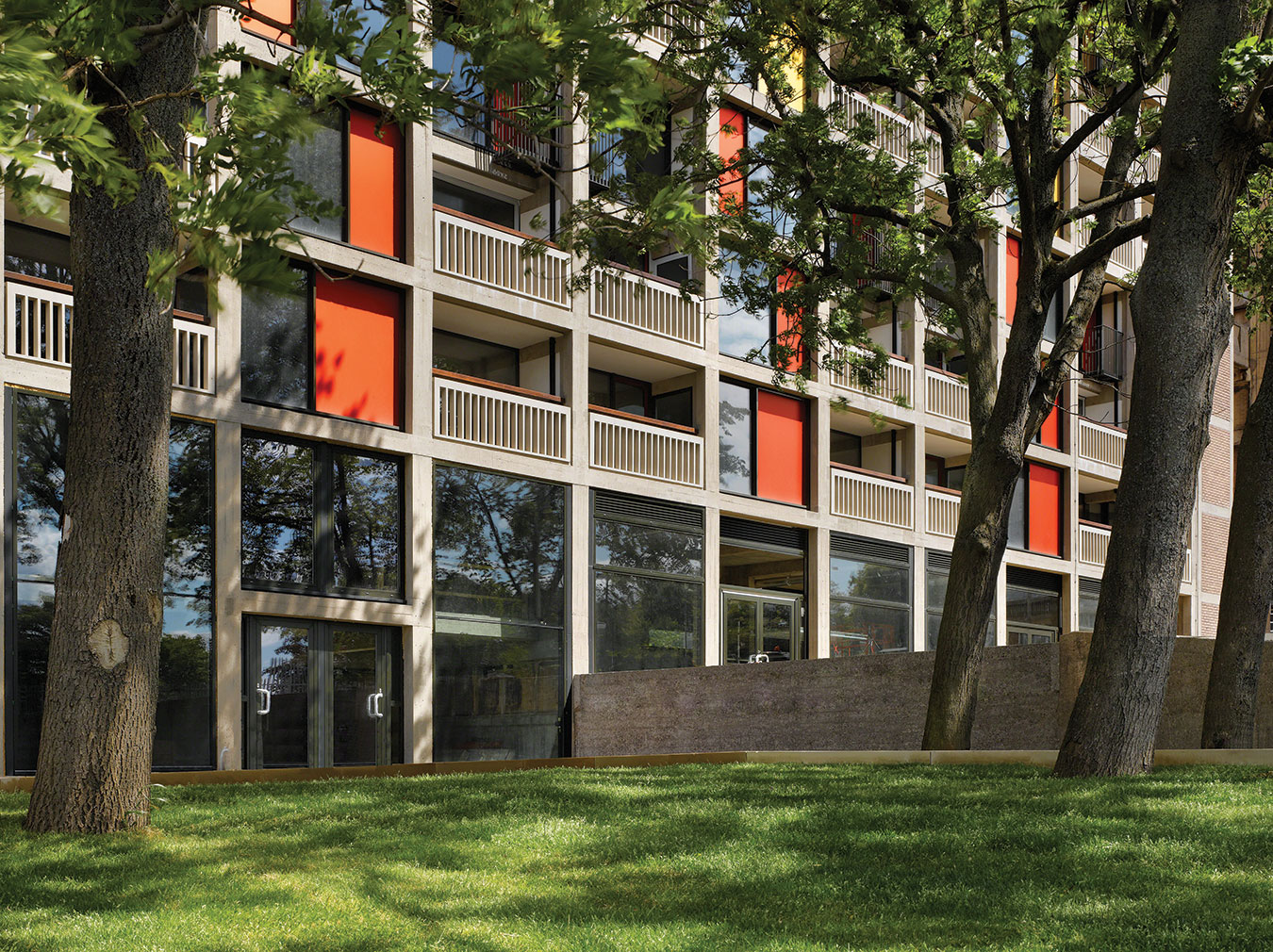
Some have been left to rot, others have been demolished and most have been branded as eyesores. We’re talking about Sheffield’s Brutalist buildings, which have long struggled with an image problem.
But perceptions are changing.
There is a growing appreciation for the city’s Modernist heritage and the architects who pioneered the style that helped reshape the city after the Second World War. For starters, there is a Sheffield Modernist Society, which has just launched a membership scheme offering tours and unique access to these bold concrete buildings.
And crucially, some are being restored; the once-infamous Park Hill housing estate, with its ‘streets in the sky’ layout, is slowly being revamped. Phase two of the restoration work completes next month.
We asked the Sheffield Modernist Society to pick the city’s six best Brutalist landmarks.

Crucible Theatre, by M J Gleeson, 1971
Positioned next door to the Edwardian pomp of The Lyceum Theatre, the breeze block and concrete-built Crucible looks like its drab younger sister until the internally illuminated sign with its huge letters is switched on at night. It has, though, one of the best performance spaces in the country – an open stage surrounded by 400 seats – and it has hosted snooker’s most prestigious tournament, the World Championships, since 1977.
Photography: Johny Pitts

The Arts Tower, by Gollins, Melvin, Ward & Partners, 1966
Next year marks the 50th anniversary of this University of Sheffield-owned tower block, which pays homage to Mies van der Rohe’s Seagram building in Park Avenue, New York, built seven years earlier. With its concrete top, grid frame and repetitive glass panels, it is admired for its uncompromising design as well as its paternoster lifts – doorless, continuously moving elevators that users have to hop on and off.
Photography: Johny Pitts

Moore Street electricity substation, by Jefferson, Sheard and Partners, 1968
Although most people are unsure what it actually is, this Jefferson, Sheard and Partners-designed building is one of Sheffield’s best-known buildings. Windowless and fortress-like, it is a hulking mass of concrete that looks like the cast of the interior of a building. Despite being branded ugly by some, it is now floodlit in colourful lights at night and was recently given a grade II listing.
Photography: Johny Pitts
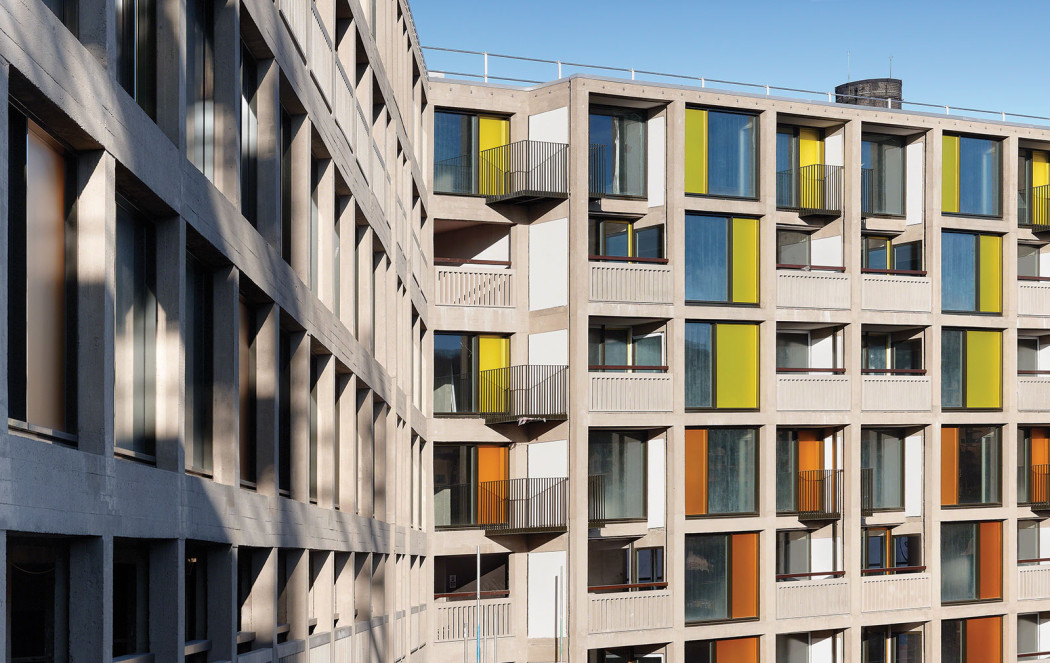
Park Hill, by Jack Lynn and Ivor Smith, 1961
Built to replace slum housing, the sprawling estate was designed to be an exemplary urban village, offering residents modern homes with central heating and fitted bathrooms as well as useful amenities on the doorstep. It fell into steep decline and was destined for demolition until English Heritage stepped in and awarded it a grade II listing. The developer Urban Splash has revamped some of the flats – the second phase will complete next month bringing the total to 300 – however 700 remain unmodernised.
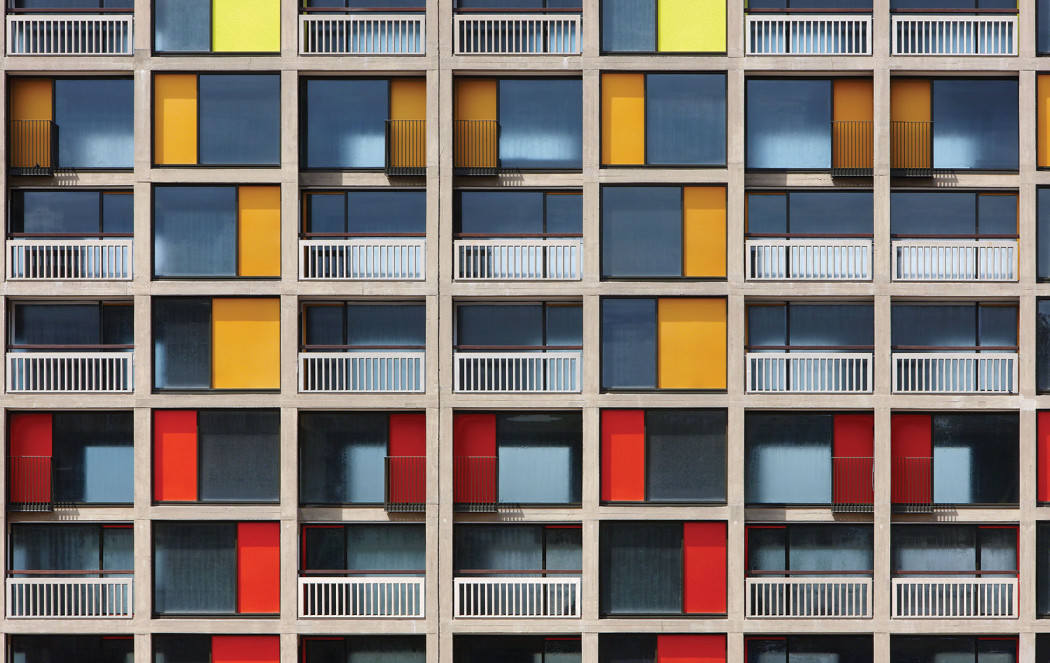
Park Hill, by Jack Lynn and Ivor Smith, 1961
Built to replace slum housing, the sprawling estate was designed to be an exemplary urban village, offering residents modern homes with central heating and fitted bathrooms as well as useful amenities on the doorstep. It fell into steep decline and was destined for demolition until English Heritage stepped in and awarded it a grade II listing. The developer Urban Splash has revamped some of the flats – the second phase will complete next month bringing the total to 300 – however 700 remain unmodernised.
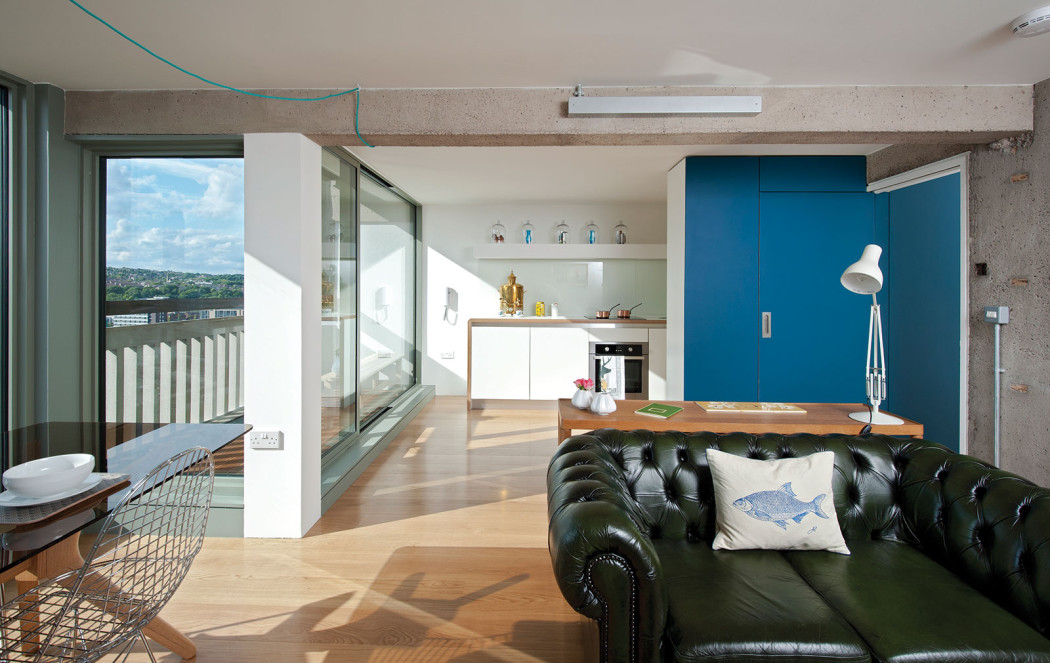
Park Hill, by Jack Lynn and Ivor Smith, 1961
Built to replace slum housing, the sprawling estate was designed to be an exemplary urban village, offering residents modern homes with central heating and fitted bathrooms as well as useful amenities on the doorstep. It fell into steep decline and was destined for demolition until English Heritage stepped in and awarded it a grade II listing. The developer Urban Splash has revamped some of the flats – the second phase will complete next month bringing the total to 300 – however 700 remain unmodernised.
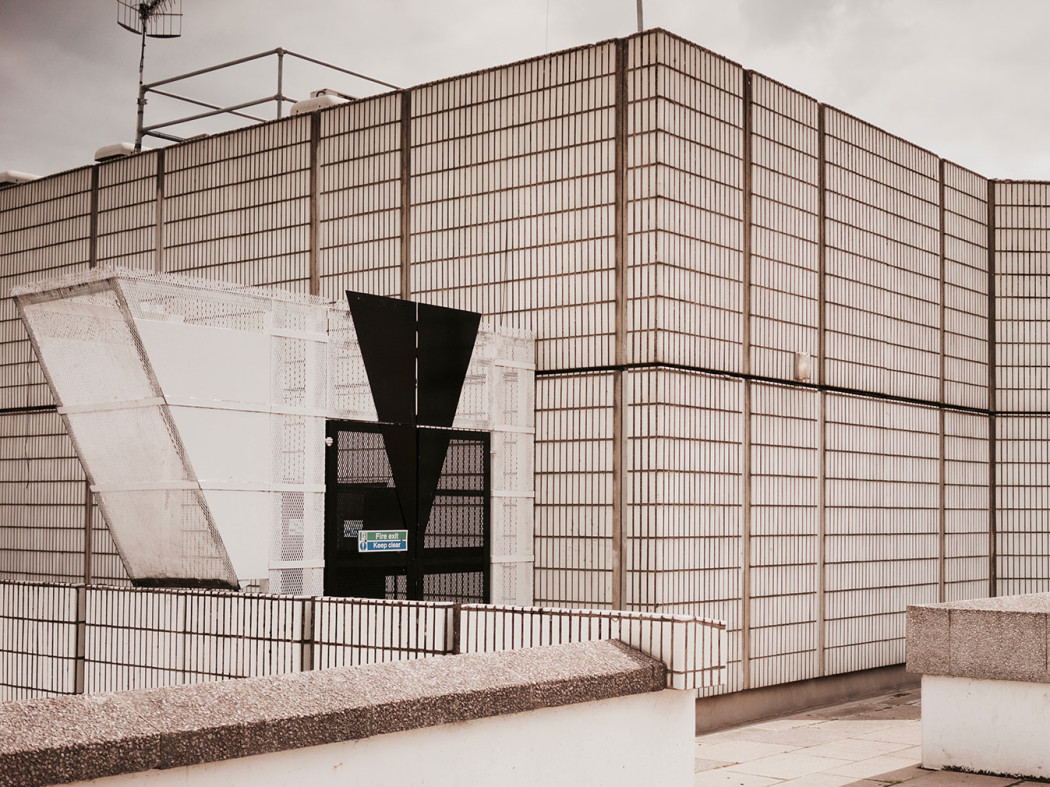
Pond Street entertainment complex, by Jefferson, Sheard and Partners, circa 1960
Perched atop a multi-storey car park, this is another unfussy, functional design by the architects behind the Moore Street substation. The cinema and entertainment complex became a cult venue in the late Seventies and early Eighties when it housed the Roxy nightclub — it played host to the likes of David Bowie and New Order. It has since been turned into an 02 Academy, continuing its legacy for hosting live music events.
Photography: Johny Pitts
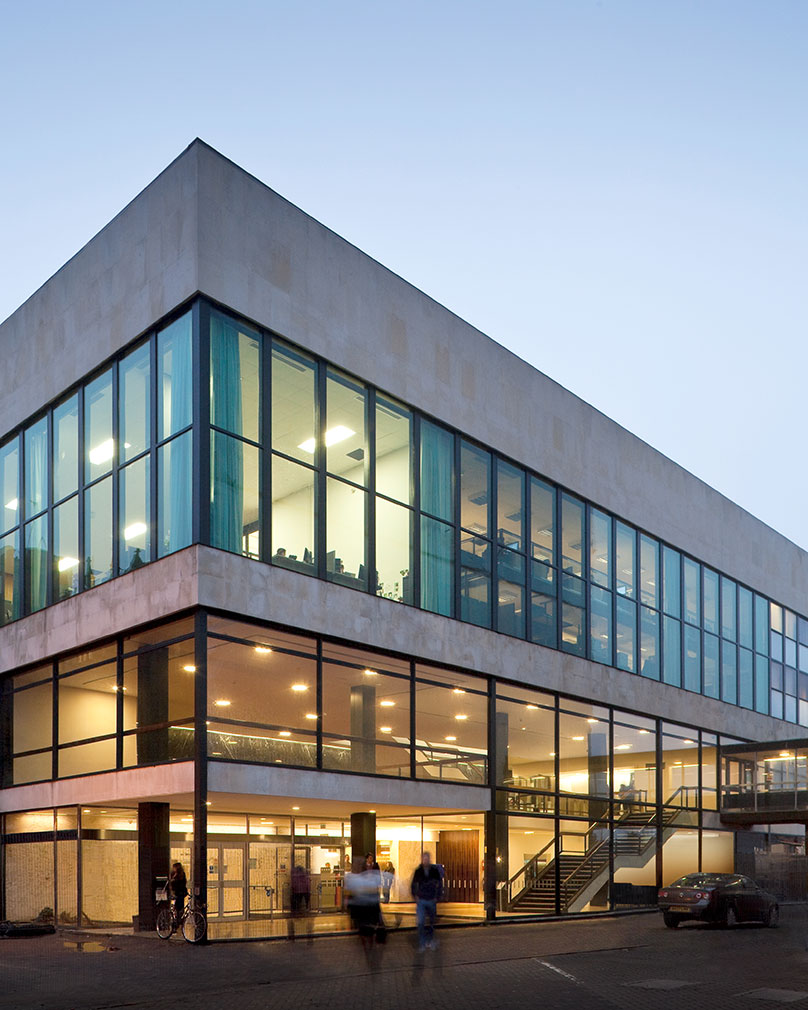
Western Bank Library, by Gollins Melvin Ward, 1965
The 25 metre-long single reading room on the top floor of the University of Sheffield building is a spectacular space to be in and look at from the outside. Built in International style and recently revamped, the building has bands of floor-to-ceiling windows that flood the lateral, wood panelled spaces with light. Even Pevsner approved – he called it the best modern building in Sheffield.
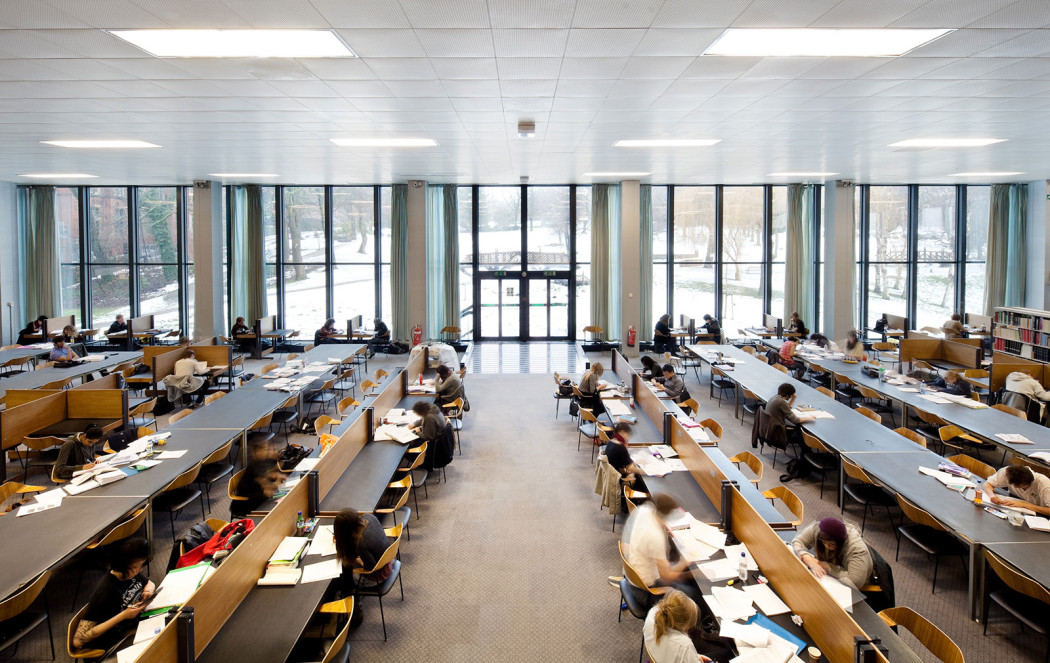
Western Bank Library, by Gollins Melvin Ward, 1965
The 25 metre-long single reading room on the top floor of the University of Sheffield building is a spectacular space to be in and look at from the outside. Built in International style and recently revamped, the building has bands of floor-to-ceiling windows that flood the lateral, wood panelled spaces with light. Even Pevsner approved – he called it the best modern building in Sheffield.
